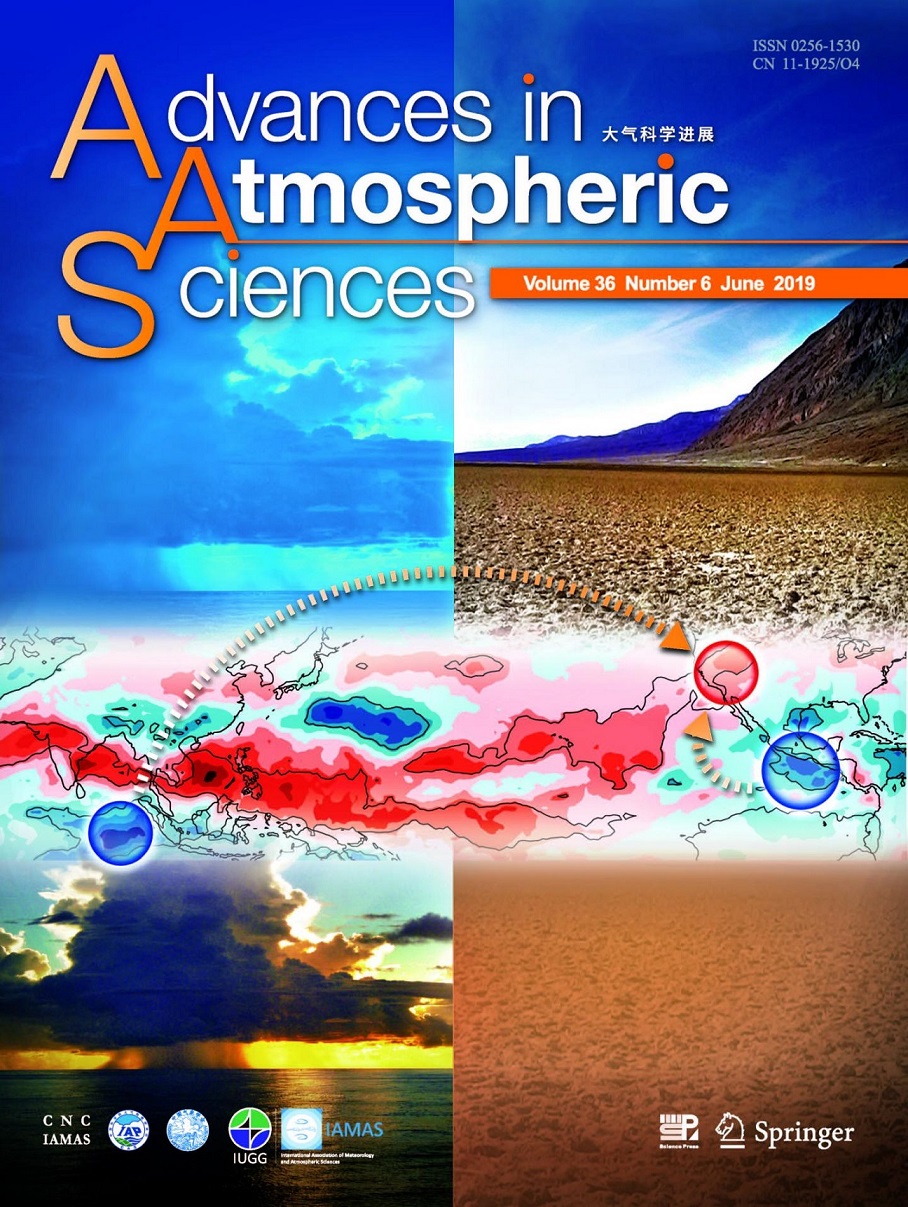APCC Researcher Led Discovery of Close Links between Heatwaves in California and Tropical Rainfalls Half a World Away.
- 작성자
- Admin
- 작성일
- 2019.04.29
- 조회
- 726
In the recent research paper entitled ‘Evidence of Specific the Madden-Julian Oscillation (MJO) Phase Occurrence with Summertime California Central Valley Extreme Hot Weather’, Dr. Yun-Young Lee of the APEC Climate Center (lead author) and Prof. Richard Grotiahn of the University of California Davis discovered that heavy rain over the Indian Ocean and Southeast Asia and the eastern Pacific Ocean would imply the impending heatwaves in central California.
The results will be published in the cover article of the journal Advances in Atmospheric Sciences 2019 June Edition.
MJO is characterized by an eastward spread of large regions of enhanced and suppressed tropical rainfall, mainly observed over the Indian and Pacific Ocean. This pattern of tropical rainfall tends to lose its identity as it moves over the cooler waters of the eastern Pacific, before reappearing at some point over the Indian Ocean again. Each cycle lasts approximately 30-90 days.
The collaborative research team suggested in the research paper that heat waves in the Central California Valley half a world away have very close links with the occurrence of strong rain clouds and rainfalls over Indian Ocean. Southeast Asia, and eastern Pacific Ocean.
The collaborative research team analyzed the heat wave data from June through September from 1979 to 2010. The data were collected by 15 National Climatic Data Center stations located throughout the valley. From these data, the researchers identified 24 heat waves. They compared these instances to the phase of a large, travelling atmospheric circulation pattern called MJO.
It is well known that tropical rainfall by MJO have effects beyond the tropics. Based on this fact, Dr. Lee and Prof. Grotjahn found that enhanced rainfall in the tropics preceded each heat wave in specific and relatively predictable patterns. When the strong rainfall occurs over Indian Ocean and Southeast Asia and the eastern Pacific Ocean, the temperatures in central California is most likely to rise to 100 degrees Fahrenheit in 4 to 16 days
They also tried to find out how the strong rain clouds have an impact on the weather in North America half a world away across the Pacific Ocean. Because the large scale convective activity related to MJO alters the global atmospheric circulation, the descent stream occurs around the Californian coast. It maintains strong solar radiation in this area for a while. The research paper proposes that this strong solar radiation may bring record-breaking heatwaves to this area.

